Home>Kitchen & Cooking>Kitchen Gadgets & Utensils>How To Place Flatware On The Table
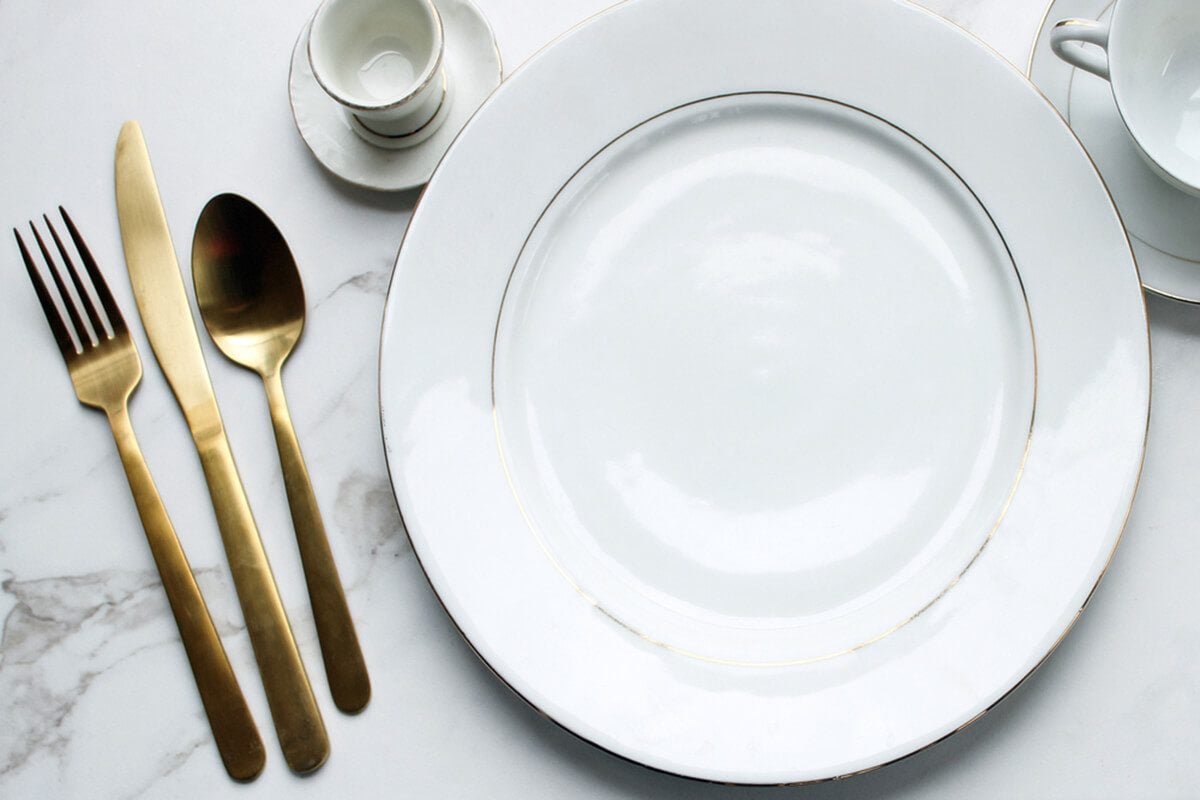

Kitchen Gadgets & Utensils
How To Place Flatware On The Table
Modified: October 20, 2024
Learn the proper way to place flatware on the table with our expert tips. Discover essential kitchen gadgets and utensils for a well-set dining experience.
(Many of the links in this article redirect to a specific reviewed product. Your purchase of these products through affiliate links helps to generate commission for Storables.com, at no extra cost. Learn more)
Introduction
Setting the table for a meal is an art form that reflects elegance and attention to detail. One of the essential aspects of table setting is the proper placement of flatware. Whether you're hosting a formal dinner party or simply enjoying a family meal, knowing how to place flatware correctly adds a touch of sophistication to the dining experience.
The arrangement of flatware on the table not only serves a practical purpose but also contributes to the overall aesthetic appeal of the dining setting. By mastering the art of flatware placement, you can elevate the ambiance of any meal and create a welcoming atmosphere for your guests.
In this comprehensive guide, we will delve into the fundamental rules and techniques for placing flatware on the table with precision and finesse. From the positioning of forks and knives to the artful placement of specialty flatware, we will explore the nuances of table setting that can transform an ordinary meal into an extraordinary dining experience. So, let's embark on this journey of refinement and elegance as we unravel the intricacies of placing flatware on the table.
Key Takeaways:
- Mastering the art of flatware placement adds elegance to any meal, creating a welcoming atmosphere for guests. Follow basic rules for harmonious and organized table settings.
- Strategic placement of forks, knives, spoons, and specialty flatware enhances the dining experience, reflecting attention to detail and commitment to hospitality. Consistency and functionality are key.
Basic Rules for Placing Flatware
When it comes to setting the table, there are some basic rules that serve as the foundation for proper flatware placement. Adhering to these guidelines ensures a harmonious and organized table setting, setting the stage for an enjoyable dining experience. Here are the fundamental rules for placing flatware:
-
Order of Use: The general rule of thumb for flatware placement is to arrange the utensils in the order they will be used during the meal. This means that the flatware used for the first course should be positioned on the outermost edges, with the utensils for subsequent courses placed closer to the plate.
-
Spacing: Proper spacing is crucial to prevent overcrowding and maintain a visually appealing table setting. Each piece of flatware should be evenly spaced, allowing guests to comfortably reach for the utensils without feeling cramped.
-
Alignment: Ensuring that the flatware is aligned with the edge of the table or the table setting creates a sense of symmetry and order. This attention to detail contributes to the overall aesthetic appeal of the dining arrangement.
-
Consistency: Consistency in flatware placement across all place settings is essential for a cohesive and polished look. Whether setting the table for two or ten guests, maintaining uniformity in flatware positioning creates a sense of harmony and elegance.
-
Functionality: Above all, the placement of flatware should prioritize functionality. Utensils should be positioned in a way that allows guests to intuitively identify and reach for the appropriate utensils for each course, enhancing the overall dining experience.
By adhering to these basic rules for placing flatware, you can create a visually appealing and well-organized table setting that sets the stage for a delightful dining experience. These foundational principles lay the groundwork for mastering the art of table setting and contribute to the overall ambiance of the meal.
Placement of Forks
The placement of forks is a critical element of table setting, as they are essential for enjoying various courses throughout the meal. When positioning forks on the table, it's important to adhere to a few key guidelines to ensure a refined and organized presentation.
Basic Guidelines for Fork Placement
-
Outermost Fork: The fork intended for the first course, typically the salad or appetizer, is placed on the far left-hand side of the place setting. Its position as the outermost utensil signifies its role as the initial implement to be used.
-
Subsequent Forks: If the meal includes multiple courses, such as a main course and a salad or appetizer, the forks for these courses are arranged to the left of the initial fork. The order of use dictates that the fork for the main course should be closest to the plate, with any additional forks placed outward in the order they will be used.
-
Spacing and Alignment: Each fork should be evenly spaced and aligned with the edge of the table or the table setting, maintaining a sense of symmetry and order. This attention to detail contributes to the overall aesthetic appeal of the table setting.
-
Consistency: Consistent placement of forks across all place settings is crucial for a cohesive and polished look. Whether setting the table for a small gathering or a formal event, maintaining uniformity in fork positioning creates a sense of harmony and elegance.
Specialty Forks
In addition to the standard dinner fork, certain meals may require the use of specialty forks, such as seafood forks or dessert forks. When incorporating specialty forks into the table setting, they are placed above the plate, aligned with the standard dinner fork. This positioning ensures that guests can easily identify and access the appropriate utensils for each course, enhancing the overall dining experience.
Mastering the art of fork placement contributes to the overall ambiance of the dining experience, reflecting attention to detail and a commitment to creating an inviting and refined atmosphere for guests. By following these guidelines, you can elevate the visual appeal of your table setting and set the stage for a memorable dining experience.
Placement of Knives
The strategic placement of knives on the table is a crucial aspect of table setting, as they are indispensable tools for cutting and enjoying various dishes throughout the meal. When arranging knives on the table, it's essential to adhere to specific guidelines to ensure a sophisticated and organized presentation.
Basic Guidelines for Knife Placement
-
Right-Hand Side: Knives are traditionally placed on the right-hand side of the place setting, reflecting their role as primary cutting utensils. This positioning allows right-handed diners to easily reach for the knives when needed.
-
Outermost Knife: The knife intended for the main course is positioned as the outermost utensil on the right-hand side of the place setting. Its placement signifies its role as the initial implement to be used for cutting the main dish.
-
Subsequent Knives: If the meal includes multiple courses that require specific knives, such as a steak knife for the main course and a butter knife for bread or rolls, the knives are arranged to the right of the main knife. The order of use dictates that the knife for the main course should be closest to the plate, with any additional knives placed outward in the order they will be used.
-
Spacing and Alignment: Each knife should be evenly spaced and aligned with the edge of the table or the table setting, maintaining a sense of symmetry and order. This attention to detail contributes to the overall aesthetic appeal of the table setting.
-
Consistency: Consistent placement of knives across all place settings is essential for a cohesive and polished look. Whether setting the table for a small gathering or a formal event, maintaining uniformity in knife positioning creates a sense of harmony and elegance.
Specialty Knives
In addition to the standard dinner knife, certain meals may require the use of specialty knives, such as steak knives or fish knives. When incorporating specialty knives into the table setting, they are placed above the plate, aligned with the standard dinner knife. This positioning ensures that guests can easily identify and access the appropriate utensils for each course, enhancing the overall dining experience.
Mastering the art of knife placement contributes to the overall ambiance of the dining experience, reflecting attention to detail and a commitment to creating an inviting and refined atmosphere for guests. By following these guidelines, you can elevate the visual appeal of your table setting and set the stage for a memorable dining experience.
Placement of Spoons
The strategic placement of spoons on the table is a pivotal aspect of table setting, as they are indispensable utensils for savoring soups, desserts, and various culinary delights throughout the meal. When arranging spoons on the table, it's essential to adhere to specific guidelines to ensure a refined and organized presentation.
Read more: How To Keep A Tablecloth In Place
Basic Guidelines for Spoon Placement
-
Right of the Plate: Spoons are traditionally placed on the right-hand side of the place setting, reflecting their role as essential utensils for enjoying specific courses during the meal. This positioning allows diners to easily reach for the spoons when needed.
-
Outermost Spoon: The spoon intended for the first course, such as a soup or appetizer, is positioned as the outermost utensil on the right-hand side of the place setting. Its placement signifies its role as the initial implement to be used for the designated course.
-
Subsequent Spoons: If the meal includes multiple courses that require specific spoons, such as a dessert spoon for the final course, the spoons are arranged to the right of the initial spoon. The order of use dictates that the spoon for the main dessert should be closest to the plate, with any additional spoons placed outward in the order they will be used.
-
Spacing and Alignment: Each spoon should be evenly spaced and aligned with the edge of the table or the table setting, maintaining a sense of symmetry and order. This attention to detail contributes to the overall aesthetic appeal of the table setting.
-
Consistency: Consistent placement of spoons across all place settings is crucial for a cohesive and polished look. Whether setting the table for a small gathering or a formal event, maintaining uniformity in spoon positioning creates a sense of harmony and elegance.
Specialty Spoons
In addition to the standard dinner spoon, certain meals may require the use of specialty spoons, such as dessert spoons or coffee spoons. When incorporating specialty spoons into the table setting, they are placed above the plate, aligned with the standard dinner spoon. This positioning ensures that guests can easily identify and access the appropriate utensils for each course, enhancing the overall dining experience.
Mastering the art of spoon placement contributes to the overall ambiance of the dining experience, reflecting attention to detail and a commitment to creating an inviting and refined atmosphere for guests. By following these guidelines, you can elevate the visual appeal of your table setting and set the stage for a memorable dining experience.
Placement of Specialty Flatware
In addition to the standard flatware used for everyday dining, certain meals and occasions call for the inclusion of specialty flatware to enhance the dining experience. The strategic placement of specialty flatware on the table adds a touch of elegance and refinement, elevating the overall ambiance of the meal. Understanding the nuances of incorporating specialty flatware into the table setting allows hosts to create a memorable and sophisticated dining experience for their guests.
Basic Guidelines for Specialty Flatware Placement
When incorporating specialty flatware into the table setting, it's essential to adhere to specific guidelines to ensure a cohesive and polished presentation. Here are the fundamental principles for placing specialty flatware:
-
Above the Plate: Specialty flatware, such as seafood forks, dessert spoons, or cocktail forks, is traditionally placed above the plate, aligned with the standard flatware for the respective course. This positioning ensures that guests can easily identify and access the appropriate utensils for each course, enhancing the overall dining experience.
-
Alignment with Standard Flatware: The placement of specialty flatware above the plate should align with the corresponding standard flatware, creating a visually balanced and harmonious table setting. This alignment contributes to the overall aesthetic appeal of the dining arrangement, reflecting attention to detail and a commitment to creating an inviting atmosphere for guests.
-
Functionality and Accessibility: Ensuring that specialty flatware is positioned within easy reach of the guest's place setting enhances the functionality and convenience of the table setting. Guests should be able to intuitively identify and access the appropriate specialty utensils when needed, contributing to a seamless and enjoyable dining experience.
-
Consistency and Uniformity: Consistent placement of specialty flatware across all place settings is essential for a cohesive and polished look. Whether hosting an intimate gathering or a formal event, maintaining uniformity in the positioning of specialty flatware creates a sense of sophistication and elegance, leaving a lasting impression on guests.
By following these guidelines for the placement of specialty flatware, hosts can elevate the visual appeal of their table setting and create a refined and memorable dining experience. The inclusion of specialty flatware adds a layer of sophistication to the meal, demonstrating a thoughtful and meticulous approach to hospitality. Whether it's a formal dinner party or a celebratory gathering, mastering the art of specialty flatware placement contributes to the overall ambiance of the dining experience, setting the stage for an unforgettable culinary journey.
Read more: How To Arrange Place Settings For Silverware
Conclusion
In conclusion, mastering the art of placing flatware on the table is a testament to the commitment to creating a welcoming and refined dining experience. The meticulous arrangement of forks, knives, spoons, and specialty flatware contributes to the overall ambiance of the meal, reflecting attention to detail and a dedication to hospitality. By adhering to the fundamental rules for flatware placement, hosts can elevate the visual appeal of their table setting and set the stage for a memorable dining experience.
The strategic positioning of flatware not only serves a practical purpose but also enhances the aesthetic appeal of the dining setting. Adhering to the order of use, spacing, alignment, consistency, and functionality ensures a harmonious and organized table setting, setting the stage for an enjoyable dining experience. The attention to detail in the placement of flatware reflects a commitment to creating a welcoming and refined atmosphere for guests, leaving a lasting impression on their dining experience.
Furthermore, the placement of forks, knives, and spoons follows specific guidelines to ensure a sophisticated and organized presentation. From the outermost utensils for the first course to the alignment of specialty flatware above the plate, each element contributes to the overall elegance of the table setting. Consistency and uniformity in flatware placement across all place settings create a sense of harmony and sophistication, setting the stage for an unforgettable culinary journey.
The inclusion of specialty flatware adds an extra layer of refinement to the dining experience, showcasing a thoughtful and meticulous approach to hospitality. By following the guidelines for the placement of specialty flatware, hosts can elevate the visual appeal of their table setting and create a refined and memorable dining experience. Whether it's a formal dinner party or a celebratory gathering, mastering the art of specialty flatware placement contributes to the overall ambiance of the dining experience, leaving a lasting impression on guests.
In essence, the art of placing flatware on the table transcends mere practicality; it embodies a commitment to creating a welcoming and refined dining atmosphere. By mastering the nuances of flatware placement, hosts can elevate the dining experience, creating a sense of elegance and sophistication that resonates with their guests. The artful arrangement of flatware sets the stage for a delightful dining experience, where every detail contributes to the overall ambiance and leaves a lasting impression on those gathered around the table.
Frequently Asked Questions about How To Place Flatware On The Table
Was this page helpful?
At Storables.com, we guarantee accurate and reliable information. Our content, validated by Expert Board Contributors, is crafted following stringent Editorial Policies. We're committed to providing you with well-researched, expert-backed insights for all your informational needs.
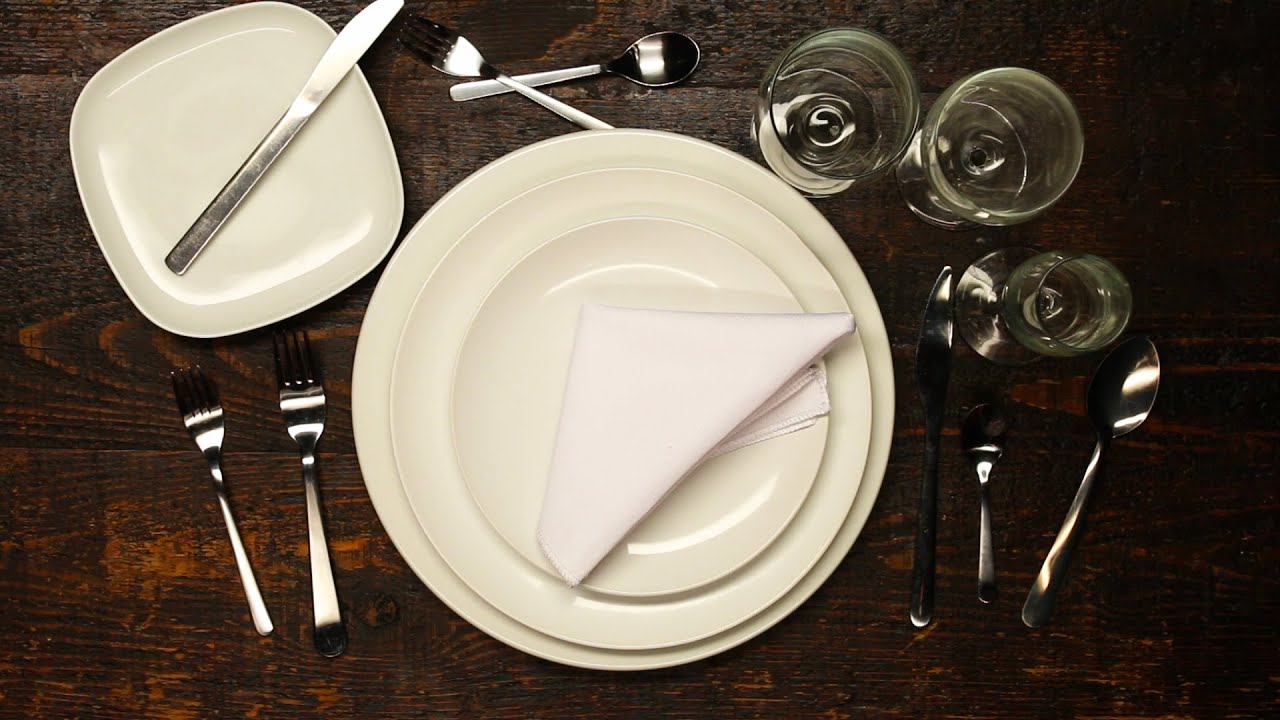


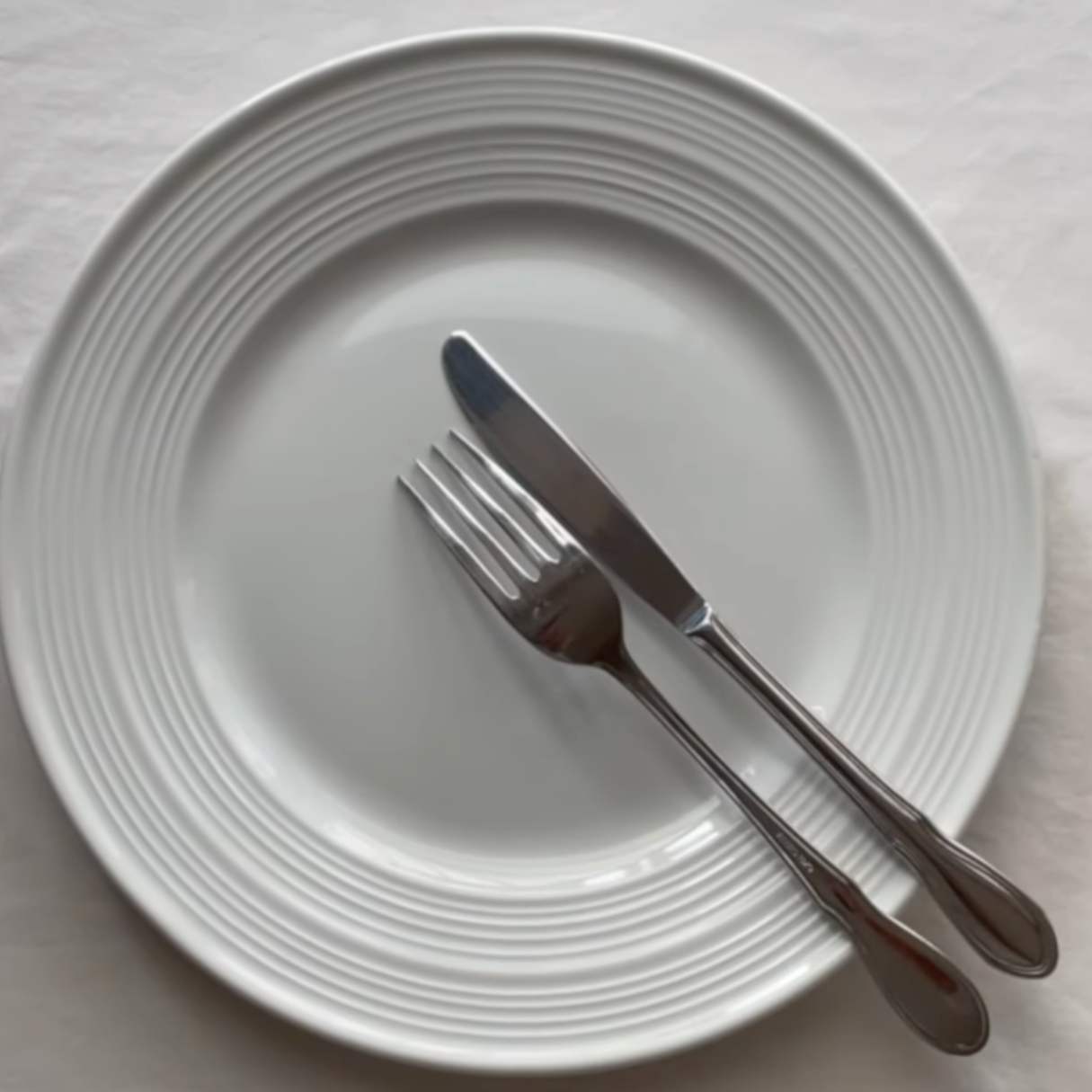
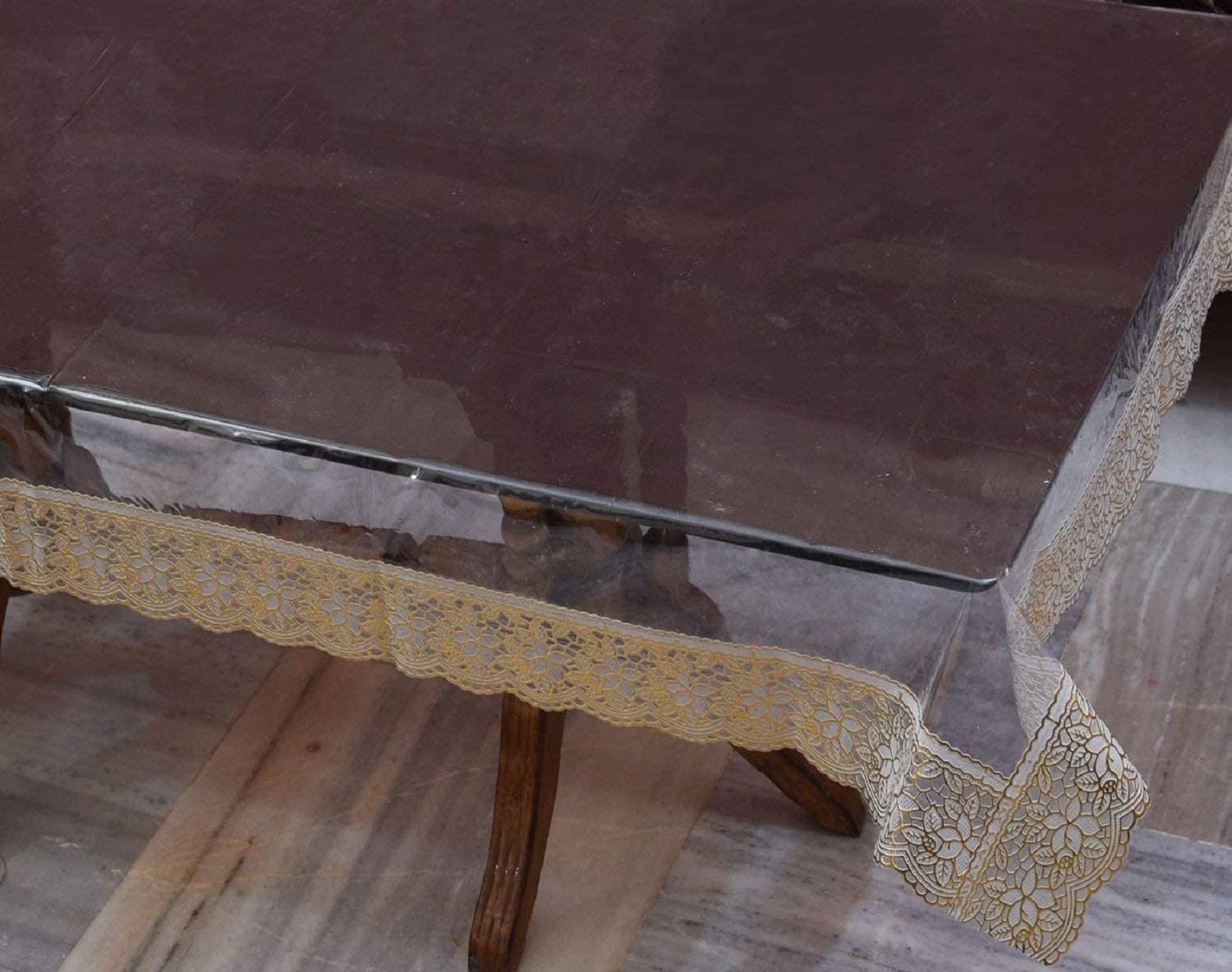
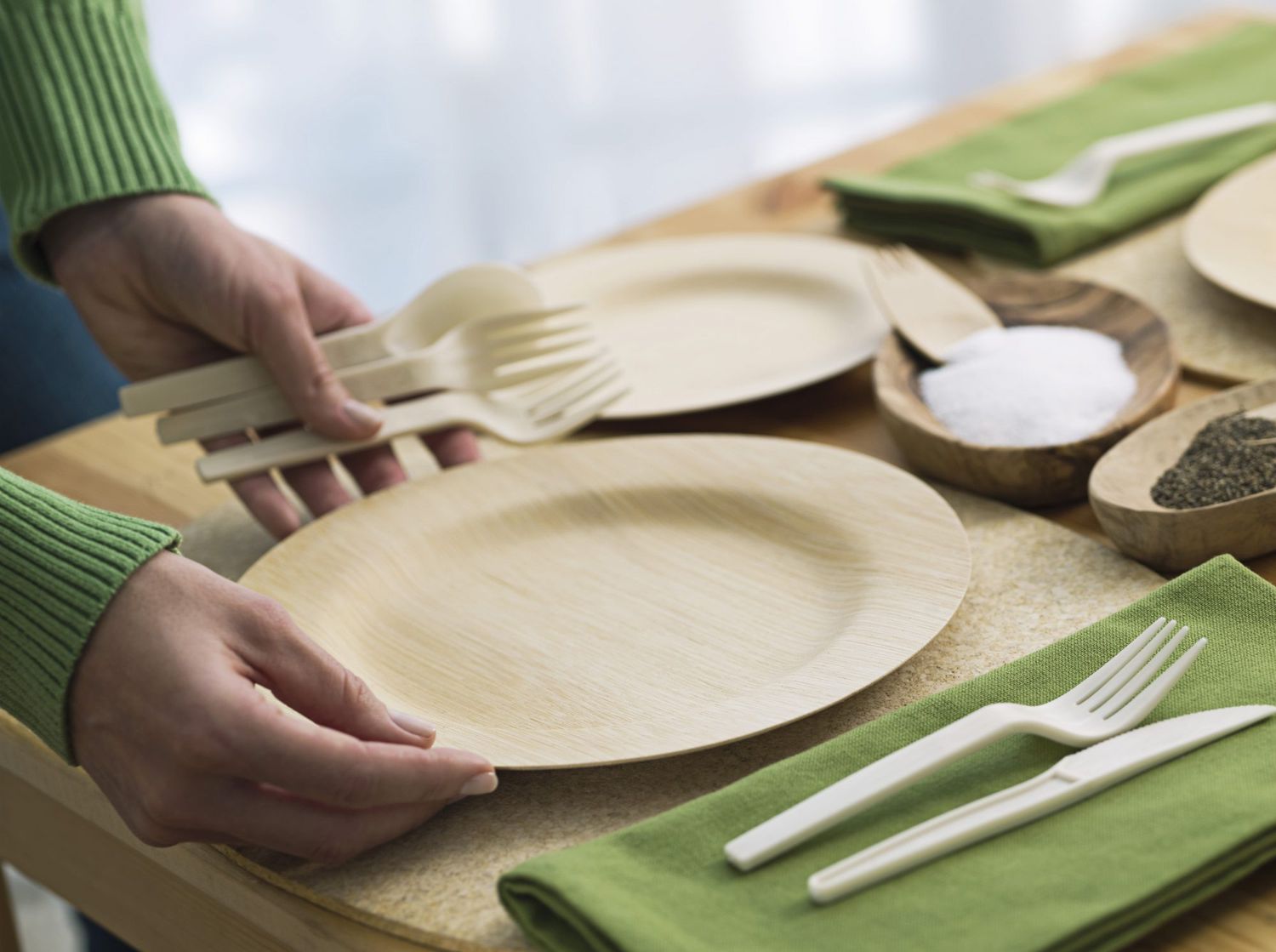
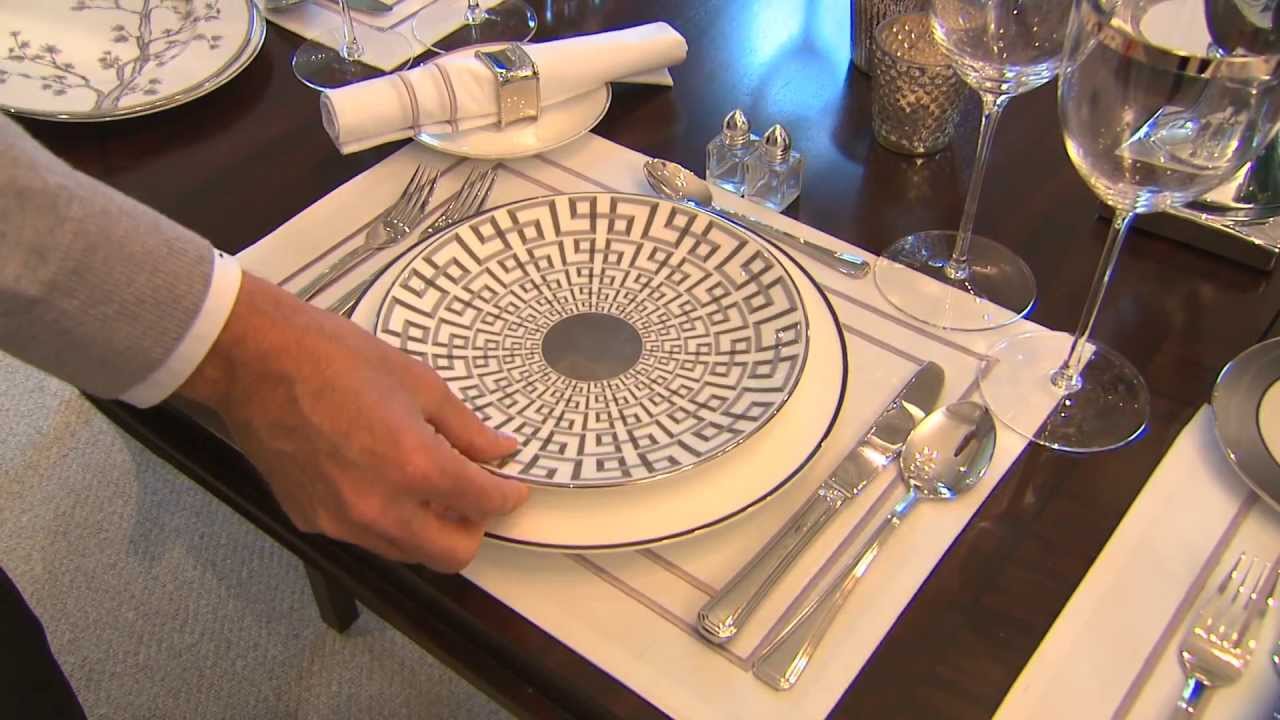
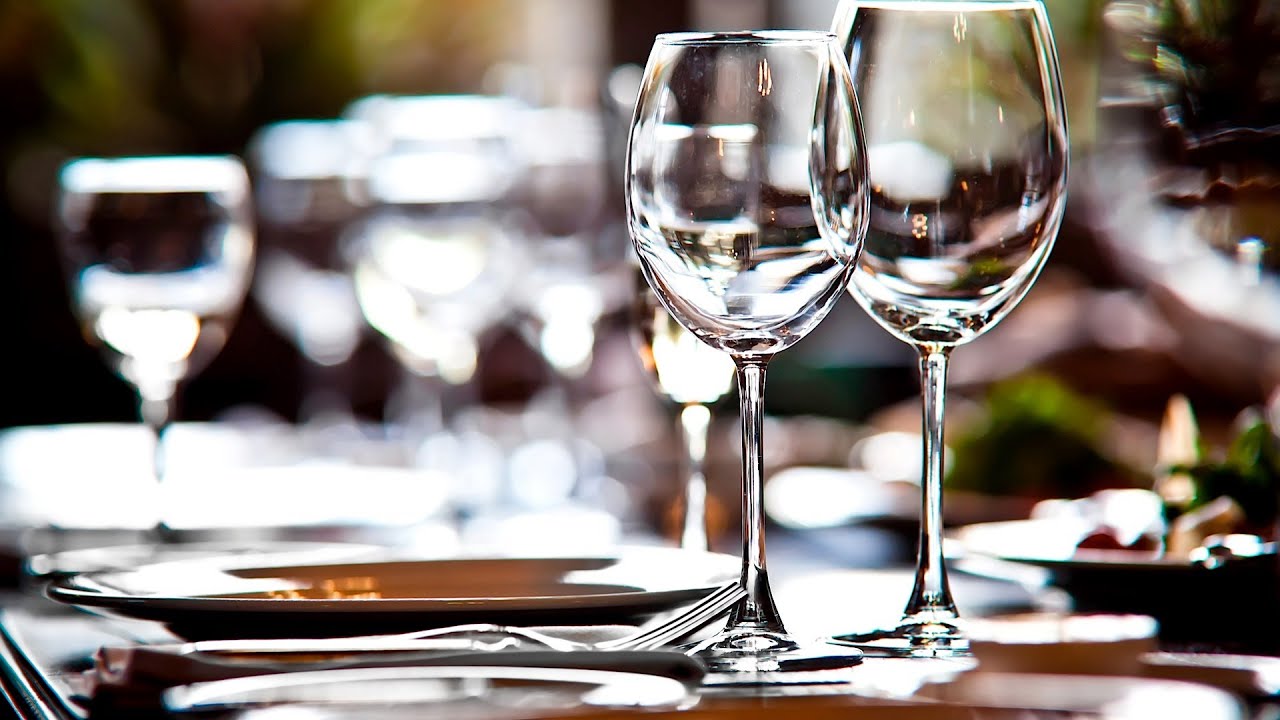

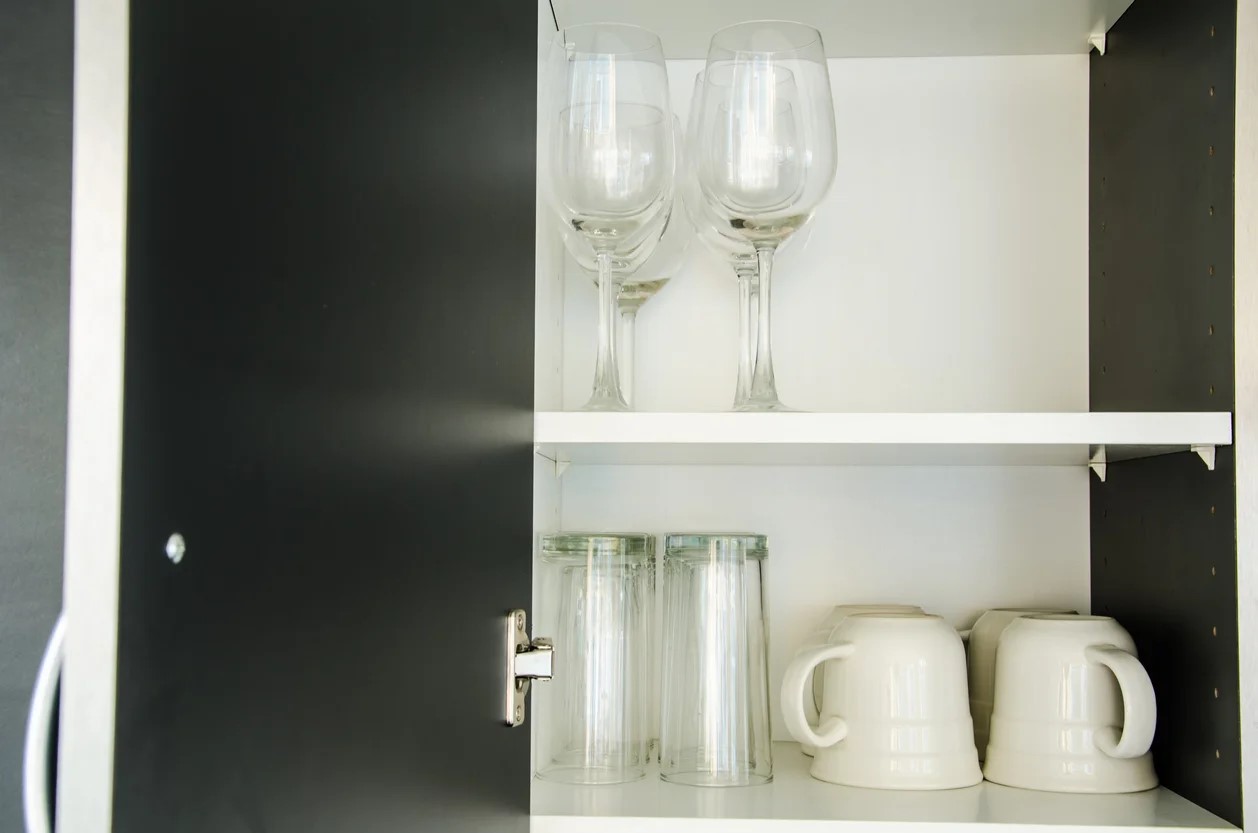
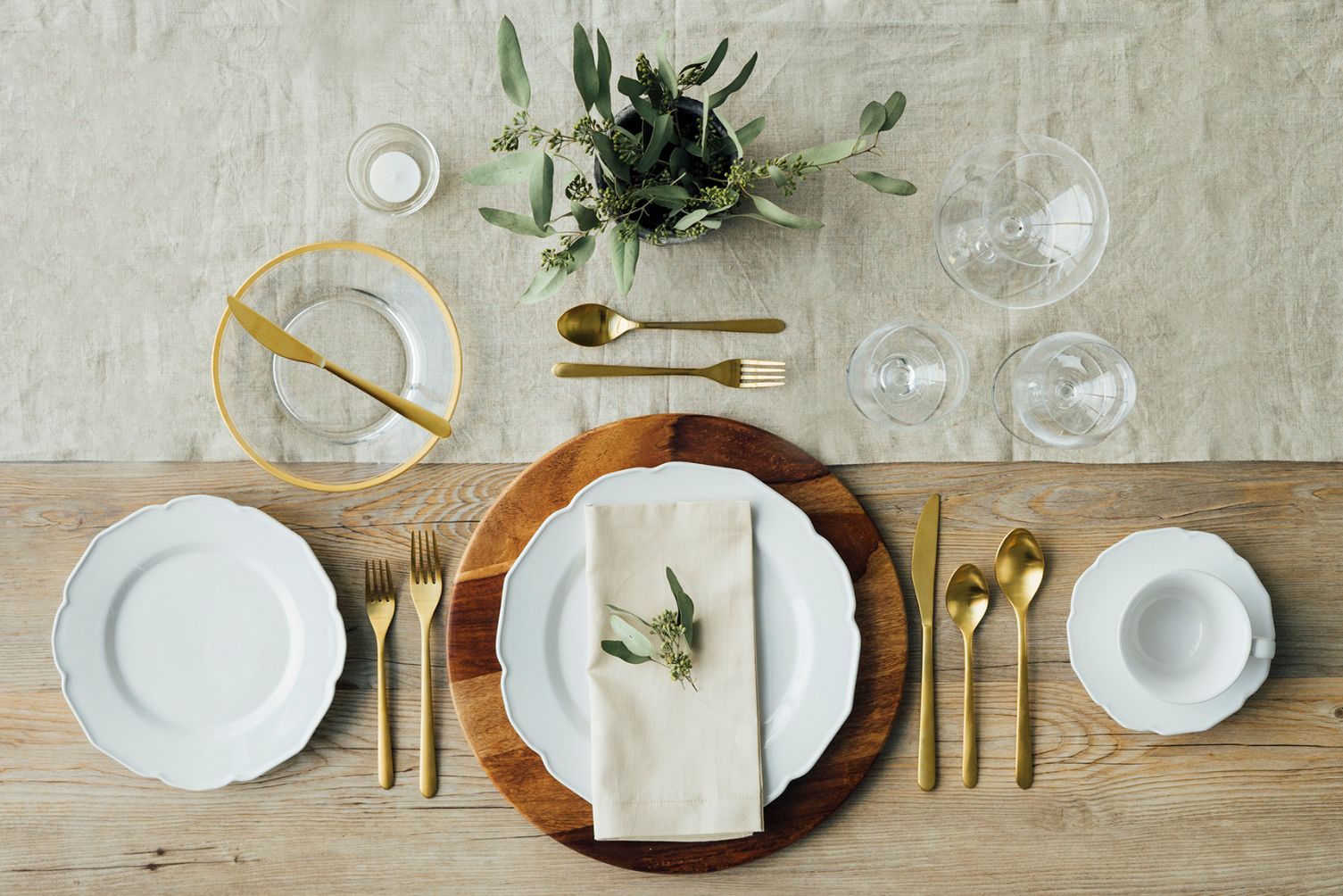
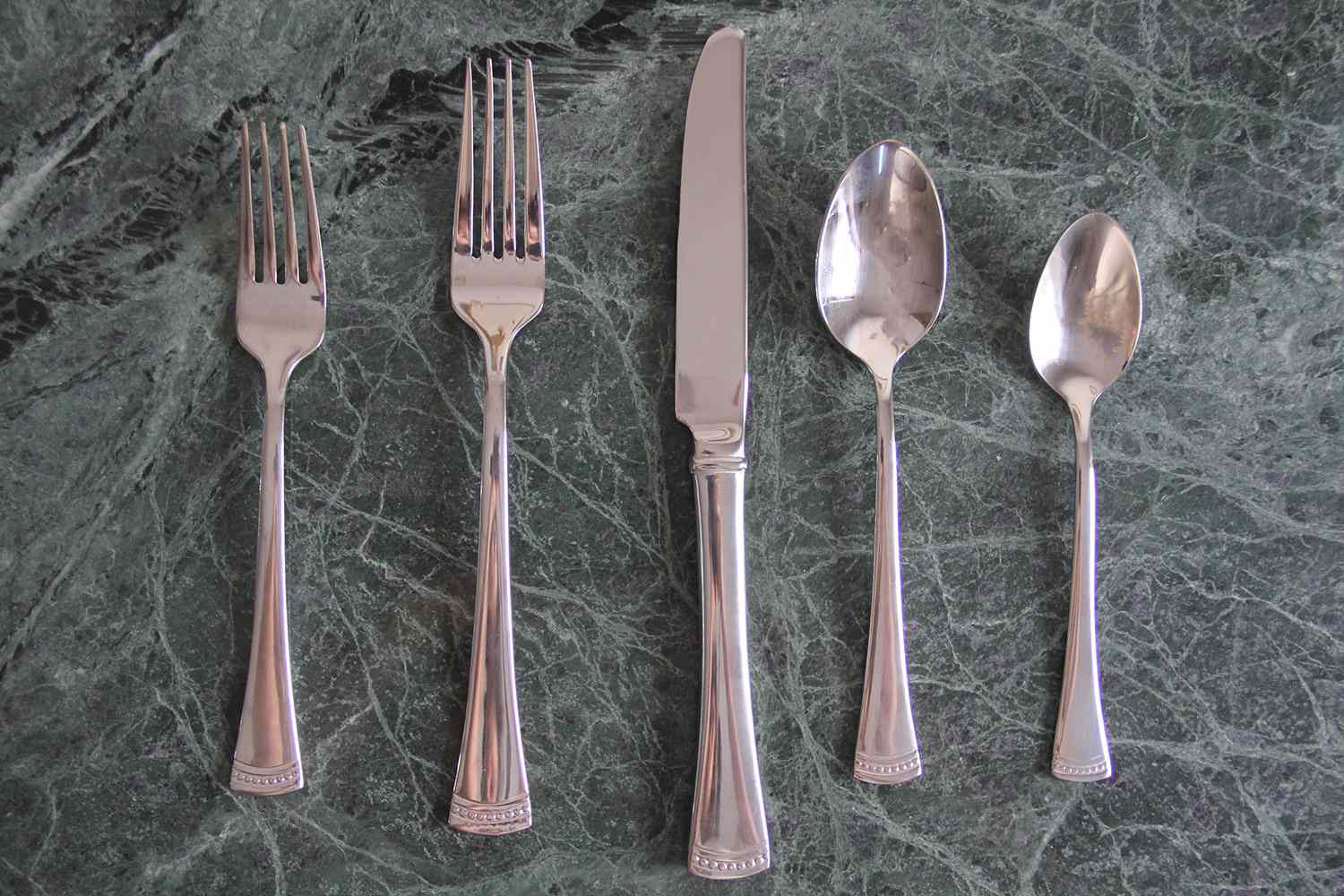

0 thoughts on “How To Place Flatware On The Table”